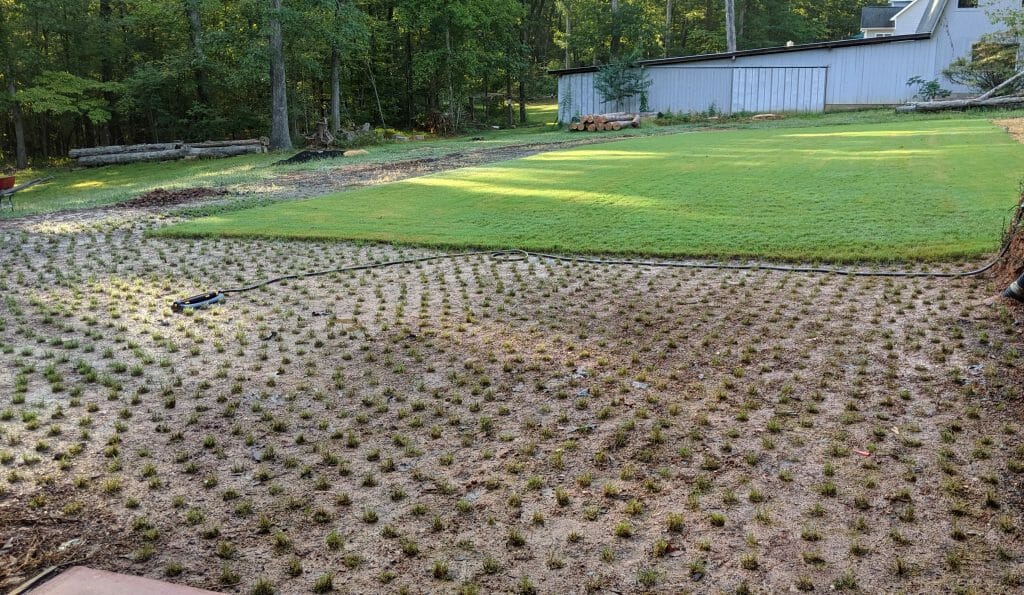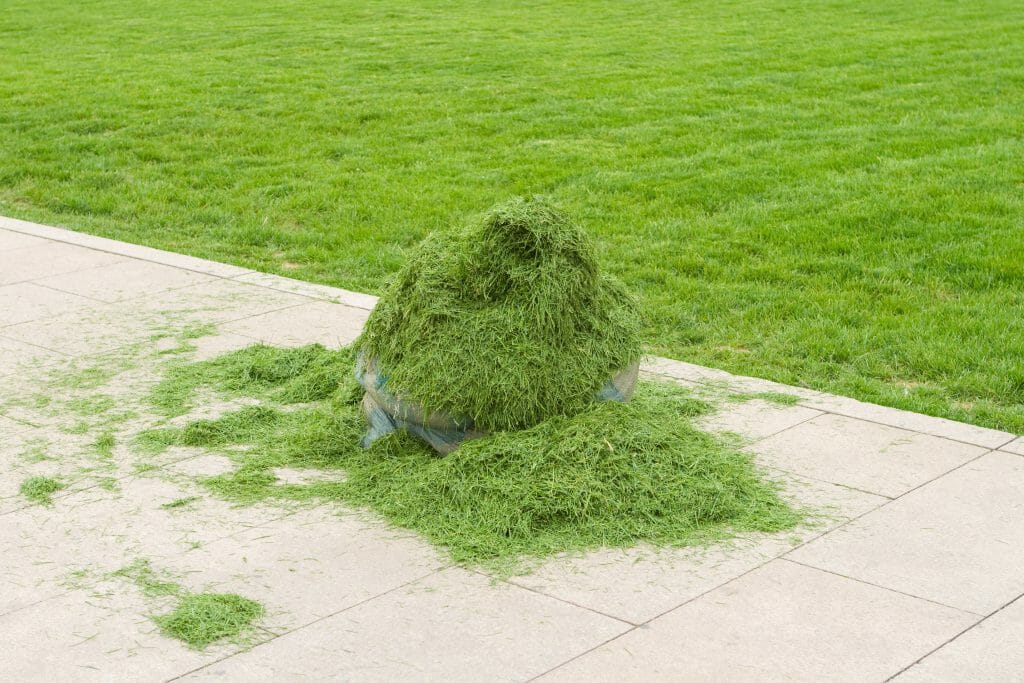If you’ve ever noticed a “fairy ring” or large cluster of mushrooms pop up in your lawn seemingly overnight, you may have wondered if they’re similar to the mushrooms you find in the store, and whether they’re edible. Can you harvest and cook those mushrooms, or are they dangerous?
While the majority of mushrooms that you find in your yard are not poisonous, there is still a risk. You should never attempt to eat a mushroom that you don’t recognize and can’t confidently identify (and ALWAYS exercise caution).
In this article we’ll talk about how to identify some common edible mushrooms, the dangers of eating an unfamiliar mushroom, and how to become better educated in foraging.
What are the dangers of eating mushrooms from my yard?
While most mushrooms are not poisonous or toxic, that doesn’t mean they’re all edible, tasty or safe! Attempting to eat any mushroom you’re not totally familiar with will always be a risk, so it’s important to do your research and
If a mushroom does turn out to be poisonous, you’ll likely experience gastrointestinal distress and vomiting as your body attempts to eject the poison from your system. The more dangerous mushrooms may cause symptoms as severe as liver and kidney failure and death.
What are some common edible mushroom species?
Remember, even if you’re “pretty sure” that you’ve discovered one of the mushroom varieties on this list, be sure to double and triple check with various different sources before trying to harvest and eat them.
| Shaggy Mane | Small white cylinders that open up into a bell shape as they mature. Known for its shaggy scales. This species is only edible before the gills turn black. |
| Meadow Mushroom | Classic white cap mushroom shape. They have pink gills underneath. Do not eat any mushrooms without the distinct pink gills as these could be toxic look-alikes. |
| Chanterelle | Yellow or golden funnel shaped mushroom with a meaty texture and gills underneath. Toxic look-alikes may be a darker orange color. |
| Yellow Morel | Known for its golden brown honeycomb-style cap. A true morel is completely hollow inside, and the cap is fully attached to the stalk. |
| Giant Puffball | Large, smooth white balls can grow anywhere from 4 to 24 inches in diameter. When cut open, they’e like a dense sponge. |
How to learn to properly identify mushrooms:
- Join in-person foraging groups if they’re available in your area. There’s no better way to learn how to identify edible plants and fungi than in person where you can interact with them with your own senses. You also have the added benefit of guidance and mentorship from seasoned foragers who can teach you the ins and outs of plant identification.
- Join online plant foraging groups. Just like in person groups, online forums are an excellent hub for sharing information. But just remember to double and triple check the sources that are being shared and always do your own independent research.
- Read books from trusted mushroom experts and foragers who can clearly and confidently teach you how to identify mushrooms. The National Audobon Society Field Guide to North American Mushrooms is a great place to start. Also, check out local guidebooks for mushrooms specific to your area.
- Download a trusted mushroom identification app to your phone. If you want real-time identification help, keep a full encyclopedia of mushroom descriptions in your pocket wherever you go. Be warned, though, these apps are not perfect and you should use your own best judgement and double-check your findings.
DON’T MISS: Do mushrooms have roots!? We take a deep dive into that very subject here.
Frequently Asked Questions:
Are mushrooms considered edible 100% safe?
Unfortunately, even if you’re completely sure that you’ve eaten a mushroom that is considered edible and safe to eat, some people may have reactions anyway.
To avoid having a bad reaction to a new mushroom, only cook and eat a very small part of it to start, then wait several hours, up to a day, to see if you experience any gastrointestinal distress. If you experience an adverse reaction, seek medical help immediately.
Conclusion
If you’ve never eaten wild mushrooms before, the last thing you want to do is go out and harvest the first cluster that you see grouping in your backyard.
Talk to foraging experts and read up on different edible varieties so you can comfortably identify them, and even then, use caution.
Never eat a mushroom that you can’t properly identify; mushrooms are a great addition to just about any meal, but they’re not worth the risk! When in doubt, leave it on the ground!



